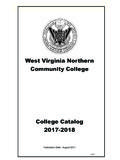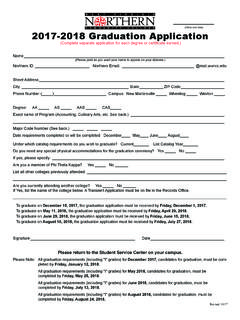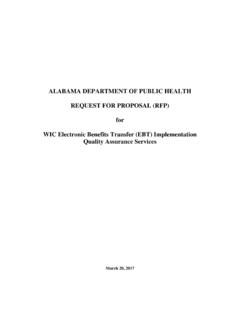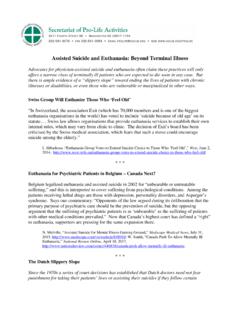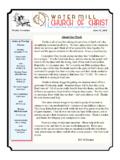Transcription of Drug Diversion and Best Prescriptive Practices - - …
1 Drug Diversion and Best Prescriptive Practices . Developed april , 2017 , Expires april , 2019. Provider Information and Specifics available on our Website Unauthorized Distribution Prohibited 2017 , , , LLC. By Wanda Lockwood, RN, BA, MA. Purpose The purpose of this course is to train nurse about drug Diversion and best Practices in prescribing controlled substances for acute and chronic pain. Goals Upon completion of this course, the healthcare provider should be able to: Discuss types of drugs being abused. Explain 4 primary methods of obtaining diverted drugs.
2 Discuss the 3 types of most commonly diverted drugs. Discuss 2 main types of pain. Discuss the 5 classifications of controlled substances. Explain the Pain Care Bill of Rights. Explain DEA registration. Explain the WV Controlled Substances Monitoring Program (CSMP). Discuss 4 different types of risk factors for substance abuse. Describe at least 5 patient indications that drugs have been diverted. Describe at least 8 characteristics of diverting/impaired healthcare workers. Describe at least 8 characteristics of drug diverters.
3 Describe physical and other signs of substance abuse. Describe pain assessment. Discuss common adverse effects of opioid analgesia. Discuss treatment plan for treating acute pain. Discuss treatment plan for treating chronic non-malignant pain. Discuss alternative treatments, including medications and complementary therapies. Discuss the use of a functional capacity assessment. Describe West Virginal regulations regarding prescription of controlled substances for chronic non-malignant pain. Describe a treatment contract. Discuss documentation, counts, and disposal of controlled substances.
4 Introduction While healthcare providers are rightly concerned about the abuse of illegal drugs, following marijuana, prescription drugs are the secondmost abused category of drugs in the United States, and they are some of the most deadly if used for non-medical reasons. Diverted opioid drugs have been implicated in almost as many overdose deaths in recent years as illicit drugs. Between 1998 and 2008, there was a 400% increase in treatment admissions related to abuse of prescription pain relievers. In 2007. alone, 28,000 people in the US died of unintentional overdoses with about 12,000 involving the use of prescription opioid analgesics.
5 According to one-month statistics compiled in the 2009 National Survey on Drug Use and Health, the number of people abusing drugs is of great concern: million: Marijuana. 7 million: Prescription drugs. million: Cocaine. million: Crack. million: Ecstasy. million: Inhalants. million: Methamphetamine. million: Heroin. million: LSD. In West Virginia, statistics from 2009 regarding primary treatment admissions for substance abuse show that opiates, including prescription drugs, are the most commonly abused drugs. West Virginia has made a concerted effort to reduce Diversion of prescription drugs and use of illicit drugs.
6 National drug surveys conducted in 2010-2011 show the percentages of the state populations 12 years and older using prescription pain medications for non-medical reasons ranging from a high of (Oregon) to a low of (Iowa) with West Virginia in the middle with a rate of , with the highest rates of use for those between the ages of 18 and 25. Non-medical use of prescription drugs (2010-2011), ages 12 &. older: Drugs can be diverted anywhere from the process of manufacturing to distribution and administration, but most drugs are diverted from family or friends.
7 Methods of drug Diversion include telephone fraud, prescription altering/forgery, drug-seeking from healthcare practitioners, theft (internal/external), and indiscriminate prescribing. In some cases, prescriptions have been modified to increase the number of units ordered, such as increasing dosage from 10 to 40 pills. Prescription pads have been stolen or forged. Methods of obtaining diverted drugs 70% From friend or relative (free, purchased, or stolen). (Eighty percent of these were from prescriptions obtained from one healthcare provider.)
8 18% From one healthcare provider (usually a physician). 5% From dealer or stranger. < From the Internet. While only 18% of diverted drugs are directly obtained from one healthcare practitioner, in many cases controlled drugs diverted from medicine cabinets in homes can be traced to over-prescription. In the United States, far more controlled substances are prescribed than needed for legitimate treatment. Most-commonly diverted drugs Opioids Oxycodone (Percocet, Tylox, OxyContin). Hydrocodone (Vicodin, Lortab). Methadone (Dolophine).
9 CNS Butalbital (Fiorinal, Fiorocet). depressants Diazepam (Valium). Alprazolam (Xanax). Stimulants Methylphenidate (Ritalin). Amphetamine/ dextroamphetamine (Adderall). Types of pain Nociceptive (Acute pain). Nociceptive (acute) pain occurs as a response to stimulation of the peripheral nerves, such as from trauma. Acute pain relates directly to the type and extent of injury and is usually self-limiting in that, as the condition that caused the pain heals, the pain subsides. Acute pain may be related to trauma (falls, injuries), procedures (manipulation of wounds or dressing changes), acute inflammation (appendicitis), and surgical incisions.
10 Acute pain may be continuous or intermittent and is often described and aching or throbbing. This type of pain usually responds well to analgesia, but if the pain is uncontrolled it may result in neural changes that lead to neuropathic pain. Trauma may also damage nerve endings and lead to neuropathic pain. Acute pain may be described according to location with visceral pain resulting from stretching and inflammation from injury to internal organs. This pain is often diffuse, aching, or cramping and poorly localized. Pain may be referred to other areas.










